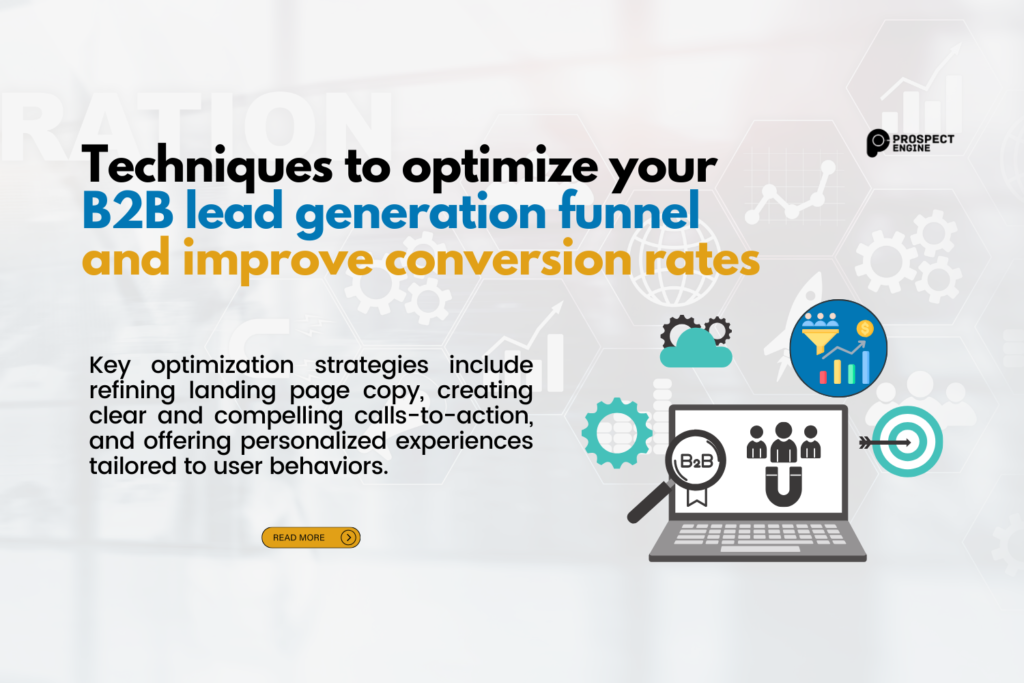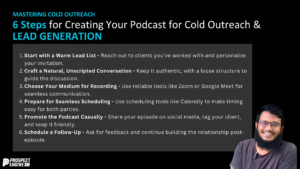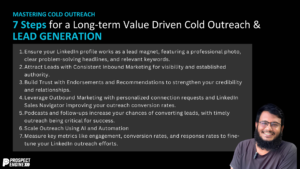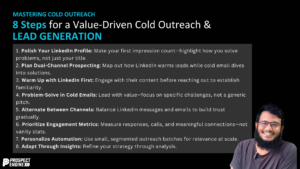A well-optimized B2b Lead Generation Funnel impacts your business greatly. Optimizing converts more leads to customers and increases revenue.
Let’s explore effective B2b lead generation techniques. We’ll also see examples of companies boosting rates using these methods.
Table Of Contents.
- Step 1: Analyzing Your Current Conversion Funnel
- Step 2: Optimizing Your Funnel
- Step 3: Testing Your Funnel
- Step 4: Measuring Your Results
Step 1: Analyzing Your Current Conversion Funnel
Analyze your current sales funnel. See where it’s strong or weak. Look for ways to improve it and boost conversions. Some key actions:
First, find your top pages for business clients that attract many visitors, like your homepage, product pages, or lead collection pages. Enhancing these high-impact pages can boost results further.
See how visitors act on your site with tools. Fast exits, time spent, and step drop-off show any issues. Always improve using these results.
Identify Your Top B2B Funnel Pages
When optimizing for leads, focus on conversion pages. Review performance to see what works and needs improvement. Prioritize efforts on essential pages:
1. Analyze web data: Check tools like Google Analytics for views, exits, and sales by page. See, which attracts visitors and drives sales the most.
2. Note pages where visitors leave your process. Study why they exit at those points and find ways to make the pages more interesting or clear.
Consider pages aligning with the main business goals. For instance, generating leads key, focus pages contact forms info offerings.
Reach out to existing customers or leads. Ask for feedback on your funnel. Their insights can show what interests them and what could be improved.
Key pages matter. Track exits and get feedback to see which lead gen pages need work. Align pages with goals to optimize leads.
Measure Funnel Performance
To best serve visitors, carefully study your process. Examining statistics pinpoints improvements. Essential actions:
1. Spot your sales process pages receiving many visitors, resulting in buys. Focus on improving landing pages, product pages, or popular blog posts. Optimize important pages people interact with most.
2. Track your funnel’s metrics. Check click rates, bounce rates, time, and conversions. This shows how well your funnel works and where it needs work.
Examine visitor behavior on key pages through heatmaps and scroll recordings. Note engaged areas and spots needing work.
Step 2: Optimizing Your Funnel
Optimizing the sales stage aids conversions. Refining each process lifts prospect-to-client chances. Some sales funnel strategies:
1. Optimize Your Landing Page Copy:
Your landing page creates a memorable first impression through concise yet compelling writing that highlights top benefits briefly. Employ persuasive phrasing and clear calls to prompt the wanted action.
2. Optimize Your CTAs:
Help site visitors by placing clear calls to action throughout. Test different phrasings to see what appeals most to your crowd and inspires them.
3. Create More Personalized Experiences:
Personalization tailors websites based on behavior and preferences, delivering relevant messages to move leads in the funnel.
Optimize Your Landing Page Copy
When optimizing your website, words matter. Create compelling copy engaging customers and nudging action. Try these landing page boosters:
1. Your product or service uniquely benefits buyers and solves important issues. Speak directly about values that matter for success.
2. Write a gripping headline that captures attention. Quickly share the key advantage to continuing reading. Keep it brief, influential, and captivating.
3. Use straightforward language in short, clear messages. Avoid complex terms and explain ideas simply using brief sentences and bullet points.
4. Share what satisfied buyers say to gain reliability. People frequently consider what others experience when deciding what to get.
Motivate visitors quickly. Promote exclusive, time-limited deals. Highlight time-sensitive offers to convert visitors.
Make calls noticeable with contrasting colors in strategic spots. Express the action clearly, like “Register now”, “See it in action”, or “Get the guide.”
Use applicable keywords to boost visibility yet balance optimization with engaging writing to maintain readability.
Focus your landing page text to your business audience. Repeatedly check and improve your text to meet your target’s needs.
Optimize Your CTAs
Calls-to-action (CTAs) play a crucial role in guiding your website visitors through the B2B lead generation funnel and ultimately improving conversion rates. Here are some effective strategies to optimize your CTAs:
1. Calls to action need concise phrasing that clearly conveys value. Compelling verbs like “Get Started Now” create urgency.
2. Clicking provides perks. Gain access to special content, free discussions, or timed deals. Make clear what visitors receive.
3. Place calls to action at the top of pages and bottom of blogs. Space them out and make colors stand out to separate CTAs from other words.
4. Catch eyes with visuals. Make calls-to-action stronger by adding engaging buttons and pictures. Make sure they fit your company’s look and go with what you offer.
5. Test color, wording, placement, and design choices for calls to action. Continually review results and refine based on data.
Optimizing calls boosts conversions. Using clear, compelling highlighting and visually engaging lets testing maximize impact.
Create More Personalized Experiences
Today’s competitive B2B world means customized experiences boost conversions. Tailored messages, content, and user experiences to specific needs build trust and nurtures bonds to boost conversions. Target experiences through:
1. Target different groups with unique needs. Craft individual messages addressing each segment’s specific pain points.
2. Adaptive content works best. Show testimonials, cases, or items tailored for industry, role, or purchase point rather than repetitive material.
3. Leverage email marketing to send customized messages. Use names and company details in emails to engage and fit their needs.
4. Monitor user activities to gain understanding. Use data to customize experiences, showing relevant content based on past actions.
5. Dynamic Forms can customize lead forms. Relevant data upfront allows follow-up campaigns and content matching interests.
6. Implement these techniques to create meaningful connections. Personalized experiences show expertise, build trust, and increase converting leads into loyal customers.
Personalized experiences engage leads. Group prospects, use dynamic content in emails. Customize forms to engage people and boost signups.
Step 3: Testing Your Funnel
Testing is crucial to truly optimize your B2B lead generation funnel and improve conversion rates. This step allows you to experiment and fine-tune your funnel based on data-driven insights. Here are two effective testing methods you can incorporate:
1. Testing involves creating two versions of an element and comparing audience responses. For instance, test different headlines, buttons, or layouts to see what drives more actions.
A/B testing optimizes conversion funnels. Testing variation improves B2B lead generation funnel and boosts rates, says an expert.
Testing different combinations shows the impact on conversions. Test headlines, images, and calls together to find what works best.
Key considerations for testing your funnel:
– Clearly define your testing goals and metrics to track.
– Test one element at a time for accurate results.
– Ensure an adequate sample size to draw statistically significant conclusions.
– Monitor test results regularly and make data-driven decisions.
Testing variations enables tuning to boost conversions. Evaluating user behavior allows data choices for optimizing performance.
This section gives details on testing a B2B lead generation funnel. It discusses two common tests: A/B and multivariate. An informative quote is included, along with considerations for running effective experiments. The content aligns with the header and offers relevant understanding into testing methods while educating a broad group in an objective third-person style.
A/B Testing
A/B Testing: Fine-tuning Your B2B Lead Generation Funnel
Testing versions lets you see what converts best. Try A/B testing pages or parts of your funnel. Compare two versions to see which gets more conversions. Here’s how:
1. Define goals clearly. Decide if want more clicks or submissions. Clear goals help focus efforts and measure success well.
2. Test headlines photos initially. Focus on pieces likely impacting purchases. Improve sections influencing decisions.
3. To test a CTA button, create two versions with varying colors or wording while keeping other aspects the same. Modify single factors to evaluate their impact.
4. Half of your site’s traffic goes to the original half of the variant. This keeps either from getting more views or skewing results.
5. Watch how people react closely. Tools show click rates, purchases, and quick exits. This shows what helps people buy best.
6. Test different options and collect user data. Choose the best-performing version statistically. Make that the default to boost overall conversions.
Continuous testing lets you refine your funnel. Tweaking elements based on test results constantly improves conversions and revenue.
Multivariate Testing
Testing helps optimize leads. Variations in headlines, images, and calls to action are tested. Data shows their conversion impact.
- Here’s how to approach multivariate testing for your B2B lead generation funnel:
- Define testing goals before beginning. Want to boost completions or click rates? Objectives help measure tests effectively.
- Look at different parts of the homepage. Headlines subheadings call action pictures designs change. Try mixes learn works best.
- Split traffic among variations of your landing page evenly. Use tools to accurately test results. Ensure precise findings.
- Track key metrics to spot the best page. Compare conversion rates, time spent, and exits to see which layout boosts results most.
- Test different website designs. Use what you learn to improve landing pages. Try more versions to find even better results.
Test combinations in your business lead process. Gather which elements best conversions. Continually refine your funnels.
Step 4: Measuring Your Results
You must track performance to see how changes affect your lead funnel. Measuring results gives insights into what works and what needs work.
Track Performance Metrics:
Watch conversion rates at each step of your process. This lets you spot issues and parts needing work. Some may not convert well.
Analyzing time provides user insights. Short visits may mean issues. Time spent engaging shows interest and understanding.
RephraseUnderstanding visitors boosts conversions. Knowing needs allows the funnel to satisfy wants, boosting conversions. The right techniques through the funnel raise the chances of converting leads to customers. Identifying needs and creating a fitting funnel converts optimally.
Conclusion
In summary, to optimize your B2B lead generation funnel and boost conversion rates, focus on identifying and enhancing key pages, such as homepages and product pages, using analytics tools. Measure funnel performance through metrics like click rates and conversion rates. Key optimization strategies include refining landing page copy, creating clear and compelling calls-to-action, and offering personalized experiences tailored to user behaviors.
